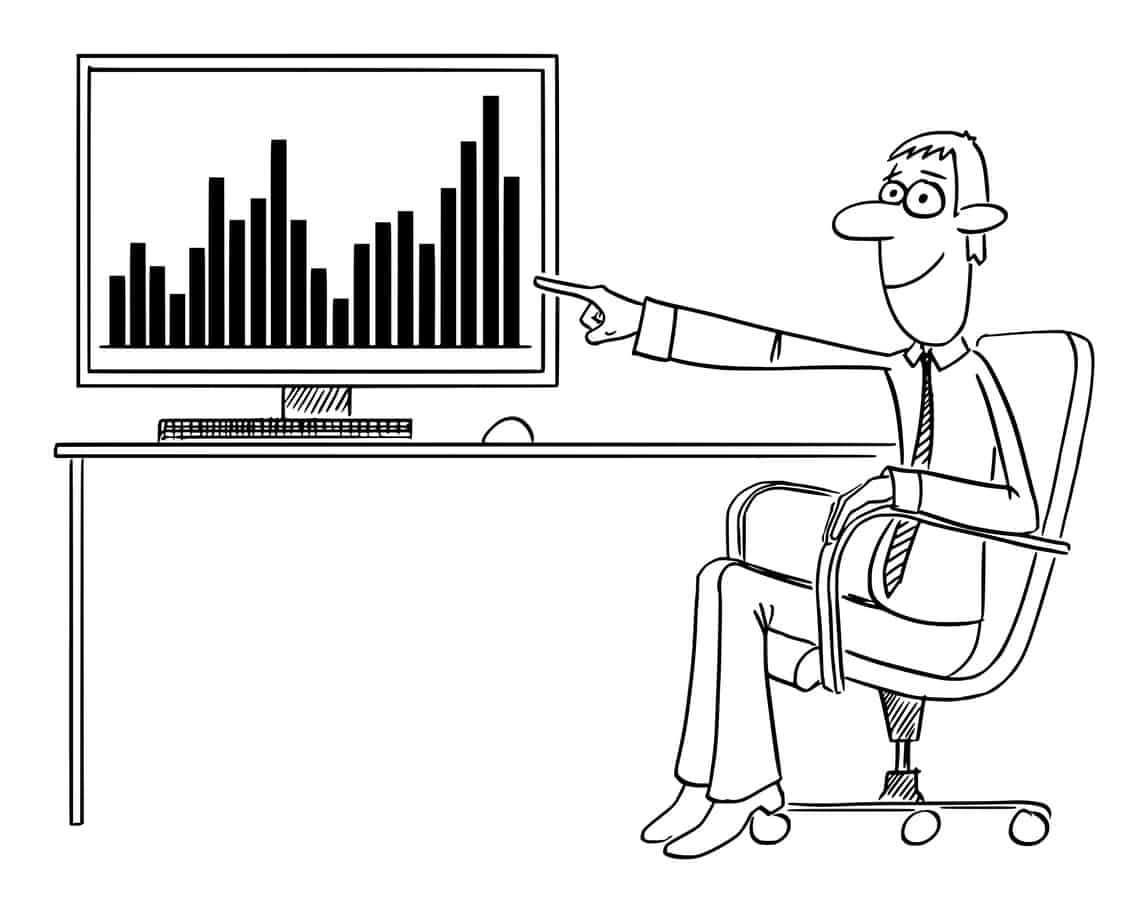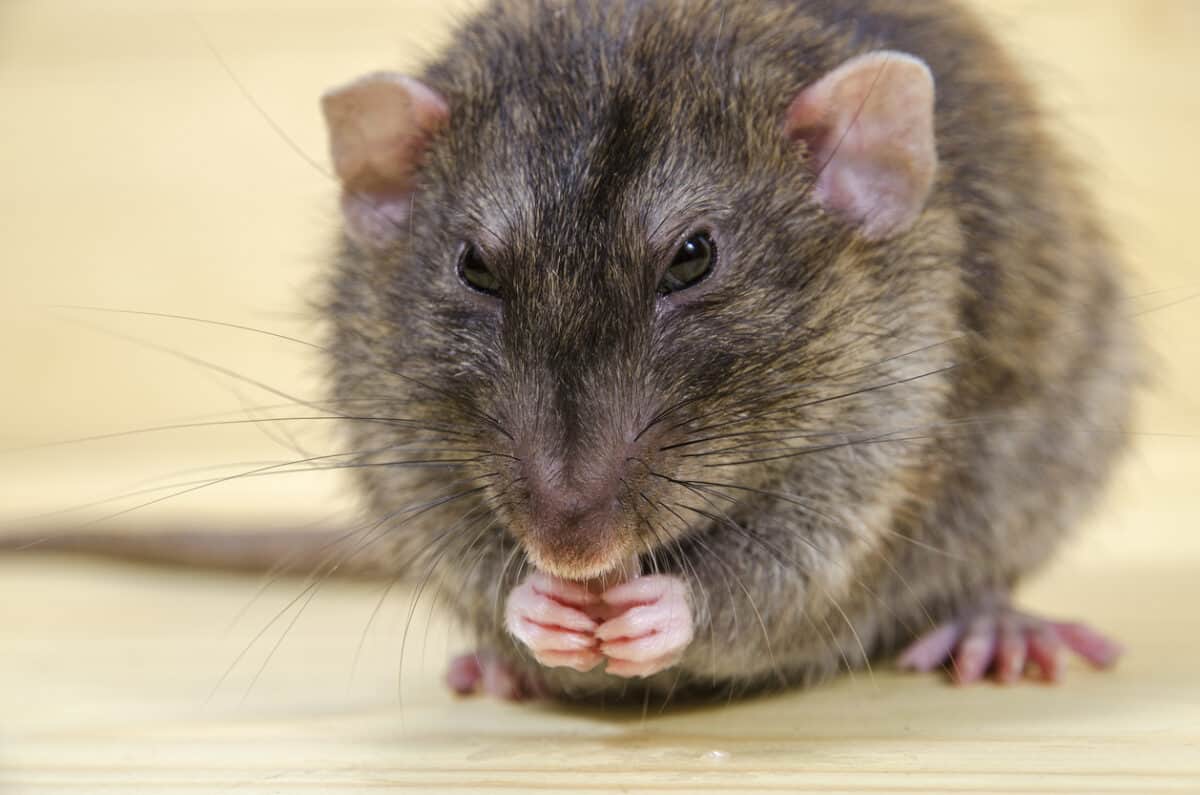WorkSafe Victoria has updated its Compliance Code for First Aid in the Workplace. No huge change to determining first aid compliance, but it, curiously, is labelled as Edition 1 even though a previous Edition 1 has existed since 2008 (earlier versions go back to 1995). So what’s changed?
Category: Duty of Care
Suicides and historic data
Recently Safe Work Australia (SWA) released an excellent batch of occupational health and safety (OHSA) information in its annual “Key WHS Statistics – Australia 2021″. The decline in fatalities is significant, but there remains an odd omission that is worrying the longer it is not addressed – work-related suicides.
Limiting the statistical period also has implications for how OHS is understood and for the rate of change.
OHS remains the bastard child of HR and IR
There continues to be a competitive tension in Australia between the professions (if they are professions) of Human Resources (HR) and Occupational Health and Safety (OHS). This has been most obviously on display in relation to sexual harassment and the psychological harm that results.
Recently Marie Boland, about to be the 2021 Residential Thinker at the University of South Australia, spoke about this tension and much more in an online lecture about “HR: A Human Resources or a Human Rights approach to work health and safety“. At that lecture, Boland said that she pins her hopes for improvement on the new Work Health and Safety Regulations because
Diagnosis is the key
Part 2 of 2
Safe Work Australia (SWA) has reported on “mental health conditions” in its latest report on workers compensation claims and that these conditions represent 9% of claims for the 2018-2019 period (page 20). Claims have also increased in this category from 6,615 in 2000-2001 to over 10,000 in the latest data period. Mental health conditions are described elsewhere by SWA as affecting non-physical bodily locations (page 38).
As with many other reports, “mental health conditions” are not defined, but SWA states that this phrase is an alternative to “psychological injuries”. It also gives a numerical and dollar value to these conditions:
Are “mental health conditions” good or bad?
Part 1 of 2
Many organisations provide support for those experiencing mental health conditions, in workplaces particularly. These are important services; some have filled the gap left by the occupational health and safety (OHS) profession and regulators who neglected psychological health to prioritise traumatic physical injuries. But what is meant by “mental health conditions”? SafetyAtWorkBlog went on a short desktop journey to find out.
On 14 October 2021, the Australian Chamber of Commerce and Industry released a report called “Small Business, Mental Health; navigating the complex landscape“. Part of that complexity stems from the confusing terminology about “psychosocial health” and “workplace mental health”. The ACCI says:
Be careful of the Precautionary Principle
The Precautionary Principle has appeared regularly in SafetyAtWorkBlog articles. There is a new publication from the American Industrial Hygiene Association (AIHA) in which this principle is succinctly explained in relation to COVID-19 but equally applicable to decisions on occupational health and safety (OHS).
The new publication “The Role of the Industrial Hygienist in a Pandemic, 2nd edition” includes a chapter on the Precautionary Principle. It is the first section of that chapter that is most relevant. It says:
We should give a fat RAT’s clacker about COVID-19 testing
Australia’s strategy for combatting the COVID-19 pandemic is almost entirely based on vaccinations. The supplementary control measures of increased ventilation, social distancing, mask-wearing and hygiene are still vitally important but have dropped off the radar a little in the rush to maximise the number of vaccinated citizens and workers. One of the measures not currently listed on the Safe Work Australia COVID-19 website (at the time of writing) is rapid antigen testing (RAT), even though this screening method is integral to reopening businesses in the United States.
RAT has started to appear in Australia. It is a valuable tool, but it is not a replacement for the medical PCR test, and there are administrative considerations that affect the occupational health and safety (OHS) management of COVID-19.







